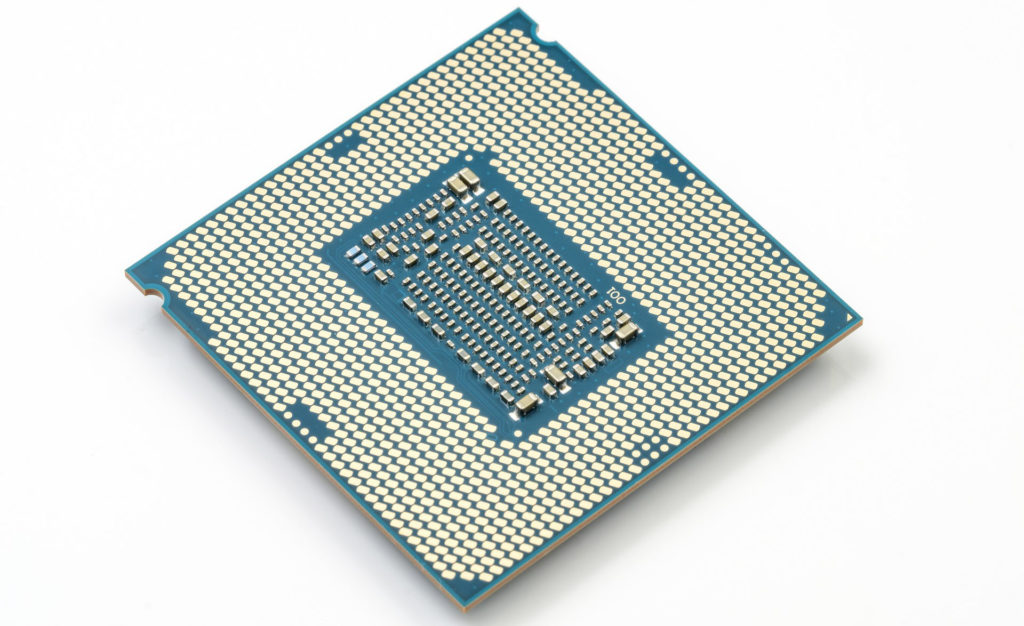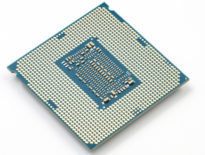Photo Credit: Tobias Dahlberg from Pixabay
When you hear the acronym CPU, you think about Intel, AMD, Nvidia and maybe IBM, Apple and Motorola. When you think about a CPU you think about a unit that process tasks. Well, you are on the right track, but it’s far more complicated than just completing tasks. Let’s investigate the different types of architecture found in CPUs.
CPU
First, let’s learn about the basics. CPU stands for Central Processing Unit and is the brains behind every calculation executed to do a certain task.
Computers work by encoding your actions to binary code – which is the most simple form of data – do the calculations and decode back to a human-readable language when completed.
Binary code is
a coding system using the binary digits 0 and 1 to represent a letter, digit, or other character in a computer or other electronic device
Lexico Dictionary, Powered by Oxford
A CPU consists of billions of transistors, on a single chip, that do calculations by transmitting the binary code it converted from the system’s memory to all the relevant hardware needed to perform the task. In essence, it carries out calculations when received from an application or program.
The process of execution consists of three parts namely fetching, decoding and execution. When you as the user gives the computer an order, it first loads it into the computer’s RAM (Random Access Memory). Orders are fetched from the RAM, decoded to determine what needs to be calculated and then it’s executed by whichever part necessary inside the CPU.
Instructions usually entail basic arithmetic, comparing specific numbers to each other and shifting it around in the memory. These calculations done by the CPU is responsible for every task from booting your operating system to playing games and rendering videos.
These days, the CPU is not responsible for everything that needs to execute but is vital to telling everything else what to do. Take a game for example. If you, for instance, jump into a swimming pool, the CPU tells the GPU (Graphics Processing Unit) to splash the water around, as well as the sound card to play splashing sounds. It could also be responsible for transferring the data of the websites you currently have open in a browser, from the internet to the RAM to enable you to work more fluently.
CPU Architectures
CPUs can be built using different architectures. The CPU architecture, as with building architecture, defines the way in which a CPU is built. With the CPU, it focuses more on the way it executes tasks. There are three main architectures being used today. CISC, RISC and ARM. Let’s find out the difference between these three.
CISC
CISC is short for Complex Instruction Set Computing. CISC architecture was designed to
make hardware complex as a single instruction will do all loading, evaluating and storing operations
GeeksForGeeks
The CISC architecture is designed to lower the amount of instructions and merge numerous instructions into one single complex task. The downside of this is the reliance on hardware. If your CPU is not powerful enough it will struggle to complete the tasks quickly. Let’s dive deeper.
A CPU’s speed is rated using GHz (GigaHertz). Hertz is the number of cycles per second and Giga is a prefix to indicate billion. This means that a 3 GHz processor can execute three billion tasks per second. It gets a bit more complex when 64-bit or 32-bit comes into play. A 64-bit CPU can work on 64 bits at a time while a 32 bit can work on, yes you guessed it, 32 bits at a time.
Instructions in a CPU is executed at every hertz or cycle. As I mentioned earlier, the CISC architecture merges numerous instructions into one big task. So the task needs to be fetched, decoded and completed, which can take one instruction more than one cycle to complete, before another task can start.
RISC
RISC is short for Reduced Instruction Set Computing. RISC architecture was designed to
make hardware simpler by using an instruction set composed of a few basic steps for loading, evaluating and storing operations
GeeksForGeeks
The difference with the RISC architecture is that tasks are broken up into smaller, simplified tasks, decreasing the cycles needed for each instruction but negatively reducing the amount of instructions per program. Fetching, decoding and calculation are broken up into three different, equally sized tasks and is always executed at the beginning of each cycle. The size of each task is just big enough to finish in one cycle, allowing each task to start at the beginning of a cycle.
The advantage that RISC poses over CISC is pipelining. Pipelining is
the process in which next instruction is loaded before the first instruction is executed
CircuitDigest
A RISC-based CPU requires more RAM in the system to store the instructions before it is loaded to the CPU. It also relies on smarter coding from developers, with the least number of instructions as possible.
Probably the biggest advantage of RISC is its power-efficiency allowing increased battery life in mobile devices.
ARM
ARM is short for Advanced RISC Machines, is built on the RISC architecture and is designed to do more single, broken up and sophisticated tasks, even quicker.
Now, ARM doesn’t manufacture CPUs. It only develops the architecture and sells the designs to companies. These companies, like Apple with its A-series chips for iPhone and iPad and the S-series for the Apple Watch
Instead of looking for and buying a CPU that fits its system almost perfectly, companies can build their own, more power and energy-efficient CPUs around the ARM architecture and make the CPU a perfect fit. The company can then build their CPU around the operating system or vice versa, to make the system a power-efficient performance monster.
Closing
This was an intense amount of information. I really hope you learned something and understand the working and complexity of the CPU.
Interesting Read

Rumour: Authentic Apple ARM Processor
Apple’s plan to design their own ARM Processor to be launched sooner then we think.
Photo Credit: Bruno /Germany from Pixabay




